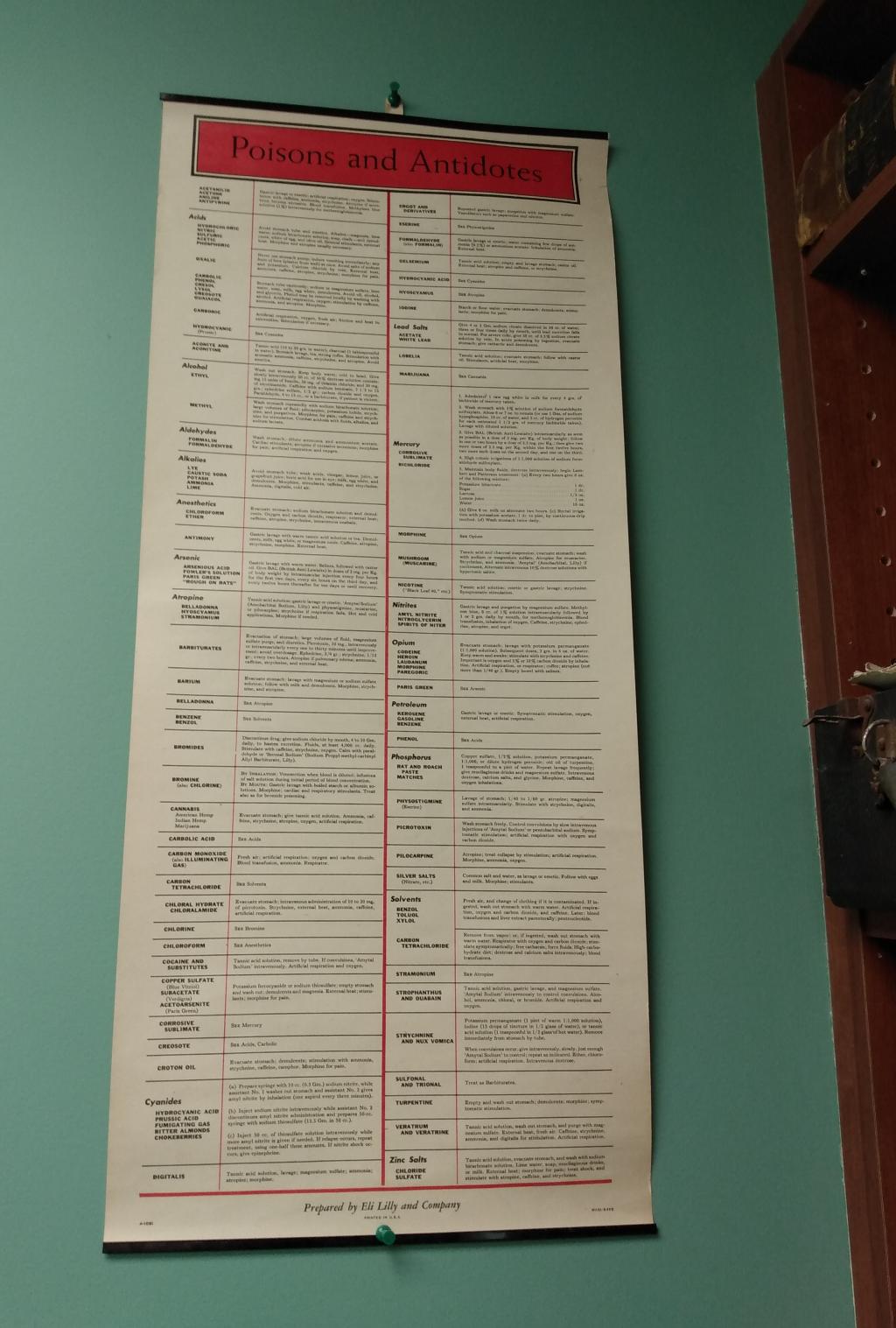

In addition, they may beĮxposed to higher levels than adults in the same locationīecause of their short stature and the higher levels of phenol To corrosive agents than adults because of the relatively Have greater lung surface area:body weight ratios and increased Phenol vapor as adults may receive larger doses because they Lower than the OSHA PEL therefore, it provides adequate warning The odor threshold of phenol is about 100 times However, because of its low volatility, inhalation hazard Phenol is absorbed rapidly from the lungs. Phenol is designated as "Poison B" by the Department of Transportation (DOT), but no special containers are required due to its modest fire hazard and low reactivity.

Phenol is soluble in alcohol, glycerol, petroleum, and, to a lesser extent, water. When pure, phenol has a sweet, tar-like odor that is readily detected at low concentrations (0.05 ppm in air). The crystals are hygroscopic and turn pink to red in air. ExposureĪt room temperature, phenol is a translucent, colorless, crystalline mass, white powder, or thick, syrupy liquid.
POISON ANTIDOTE KIT SKIN
Or skin is contaminated with liquid phenol can secondarilyĬontaminate personnel by direct contact or through off-gassing Persons exposed only to phenol vapor do not pose substantial.Synonyms include carbolic acid, hydroxybenzene, monohydroxybenzene, benzenol, monophenol, phenyl hydroxide, phenyl alcohol, phenic acid, phenylic acid, and phenylic alcohol. Past, present and future of cyanide antagonism research: From the early remedies to the current therapies.UN# 1671 (solid), 2312 (molten), 2821 (solution) Cyanides in the environment - analysis - problems and challenges. A Review on ingested cyanide: Risks, clinical presentation, diagnostics, and treatment challenges. Handbook of Toxicology of Chemical Warfare Agents (Second Edition). Chapter 23: Cyanide toxicity and its treatment. Cyanide poisoning by fire smoke inhalation: a European expert consensus. You can learn more about how we ensure our content is accurate and current by reading our editorial policy. We link primary sources - including studies, scientific references, and statistics - within each article and also list them in the resources section at the bottom of our articles. Medical News Today has strict sourcing guidelines and draws only from peer-reviewed studies, academic research institutions, and medical journals and associations. Approximately 60% of people can detect the bitter, almond odor of cyanide. Smoke inhalation from household fires is responsible for most cases of cyanide poisoning in middle and high income countries. Some types of bacteria, fungi, animals, and plants also synthesize cyanide as a source of nitrogen and as a self-defense mechanism.Īdditionally, cyanide is present in smoke from fire, cigarettes, and some industrial settings. However, the quantities of cyanide in these foods are sufficiently low that people do not have to avoid consuming them. It also inhibits other important enzymes and causes damage to the nervous system.īy disrupting cellular respiration, it prevents the body from using oxygen and denies cells of a vital energy source. What does cyanide do to the body?Ĭyanide disrupts the process of cellular respiration by binding to an enzyme called cytochrome oxidase. It also answers some common questions about cyanide poisoning.īelow are the answers to some common questions about cyanide poisoning. This article discusses how cyanide poisoning takes place and considers its symptoms, causes, diagnosis, treatment, and prevention. Out of 3,165 human exposures during 1993–2002, only 2.5% were fatal. However, deaths from cyanide poisoning are rare. About 35% of all fire victims have toxic levels of cyanide in their blood. People first used cyanide as a chemical weapon during World War I, and various dictators and terrorists have used it since then.Įxposure to high levels of cyanide can result in cyanide poisoning, with fire being the most common source of exposure.

Alternatively, it can be in a crystal form, such as potassium cyanide (KCN) or sodium cyanide (NaCN). It can exist as a colorless gas, such as cyanogen chloride (CNCl) or hydrogen cyanide (HCN). Cyanide is a fast acting deadly chemical that many people know to be a poison. It can be fatal and needs urgent medical attention.Ĭyanides refer to any compounds that comprise the carbon-nitrogen (C-N) bond in their structure. Symptoms include vomiting, headache, dizziness, and confusion. Cyanide poisoning results from exposure to various forms of cyanide, present in some types of smoke, industrial fumes, drugs, foods, and more.


 0 kommentar(er)
0 kommentar(er)
